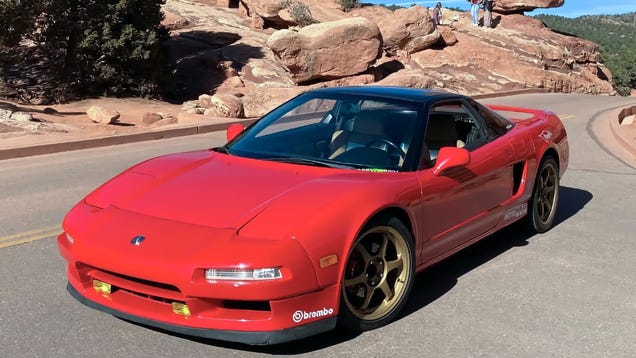By Jeff Stork
Note: This is Part 2
Go Here for Part 1
And Here for Part 3
In the second part of our Silver Arrow Memos, we have a very inclusive document that was written to Mr. W. L. Mitchell on October 15, 1962. By now we have gotten through Phase I and the 1963 Buick new car announcement, and it is presumed that all went well but it is worth noting that we have a new author for this document, Mr. E. C. Campbell.
This memo outlines the steps for phases II through IV of the continuing development of XP-810, and is written to the fine standard and dignified tone of the last one. Honestly, I can imagine Audrey Hepburn reading them in her "Sabrina" voice.
Phase II-Completion Desired as soon as possible:
"The car is to be picked up on or about Monday, Oct. 22 for return to the Division. The engine is to be replaced and the car returned to Styling."
Phase III- Completion Desired in Early November
"The following is being worked on now in the design, engineering, and fabrication departments and is to be completed as soon as possible in early November for evaluation before the car is returned to the shops for fabrication of the longer term items found in Phase IV. "
I'm going to paraphrase here for the sake of brevity, but the memo describes the following changes in exquisite detail for Phase III- removal of the shields behind the headlamp covers, removal of sail panel chrome molding, refined trim for the quarter panel scoops, new rocker panel and lower rear fender moldings as per Riviera S. O. 40193 (Board of Directors Presentation Car), removal of the B U I C K lettering from the rear deck lid and creation of a Riviera script badge to replace them, and the design, engineering and installation of special low profile exterior remote controlled mirrors that will involve the coordination of Buick Exterior, Buick Interior, and Engineering.
There's plenty in store for the interior as well, starting with removing the Astra Buick Seats from a Skylark show car, S. O. 40224, retrimming them, and fitting them to this car. Along the way, there are plans to chrome plate the windshield pillars and window garnish moldings, repaint the dash and console, fit new metal trim to the dash, create a new Riviera nameplate for the glove box door and create a wooden shift knob.
Oh, and retrim the entire interior. Seats of silver leather, new door panels, kick panels, carpeting, headliner, package shelf, and trunk. On a three month old car. And this is still Phase III- all this is being done while Phase IV is being developed. Have you gotten the impression yet that all of GM Styling existed to please Mr. Mitchell? Of course, XP-810 was a rolling laboratory and the innovation could benefit future GM cars, but people certainly tried very hard to please Mr. Mitchell.
Phase IV- Desired by Early December.
Exterior
- Panic stop lights are to be built into the tulip panel. This will require reworking of the backlight lower reveal molding.
- A new cowl vent grille, with air scoops, is to be installed.
- A new wooden steering wheel and a new adjustable steering column are required. The wheel will be made new. The steering column is to be reworked from a 1963 production tilting column. A telescopic feature is to be added for fore and aft adjustment.
- The instrument panel cluster is to be revised to permit the addition of a tachometer. The requirements for the mechanical tachometer drive system are to be coordinated by the Interior Engineering and Mechanical Assembly Departments.
- An AM/FM radio is to be installed. A speaker is to be installed on the instrument panel.
E. C Campbell
Program Planning
Below you will see the original memo along with period photography of the XP-810 Silver Arrow. And yes, there's much more to come



















